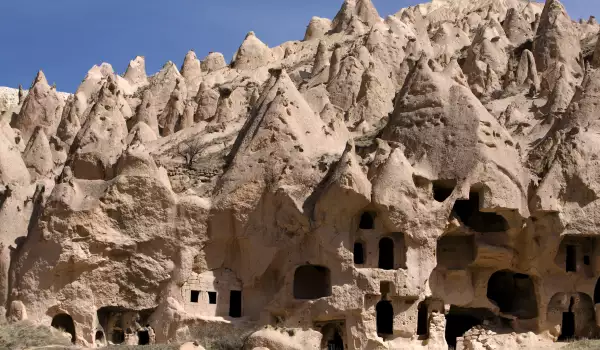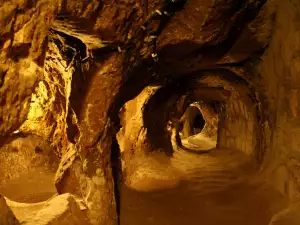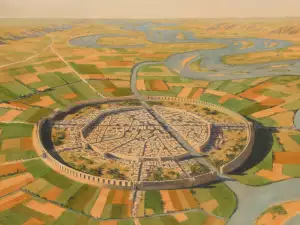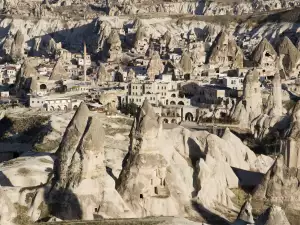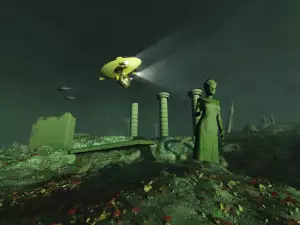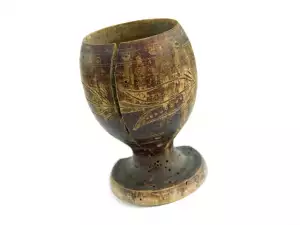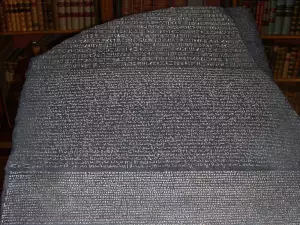The region of Cappadocia in Turkey remains one of the most mysterious places on Earth, initially drawing attention due to the rocky shapes formed by the interaction of wind and volcanic rock.
But the greatest mystery is related to the first of a network of underground cities - Derinkuyu, which was discovered in 1963 during construction work. Workers accidentally came upon the entrance to a cave, which was eventually found to lead to an underground city 280 ft (85 m) below.
The underground city was built on 13 levels, with about 15 000 ventilation shafts located underground, allowing air to reach even the deepest levels.
Religious rooms, food storage areas, grape presses and stables were also found. The city was believed to have been inhabited by approximately 20 000 residents but it is still unclear which ancient tribe they belonged to.
It is theorized that the city was built in Antiquity to act as a refuge from attacking Romans and Arabs. Most impressive is the stability of the entire complex, which has been preserved to this day, in turn showing archaeologists that the city was constructed by intelligent people who had supreme architectural knowledge.
It has been suggested that the underground city was built by the Phrygians - an ancient Indo-European people living there between the 8th and 7th centuries BC.
However, historians support the theory that the city belonged to the Median kingdom, which spanned across Iran, Northern Mesopotamia and the eastern part of Asia Minor.
According to other beliefs, the underground network was built by the Hittites - warriors who were also mentioned in the Bible.
Another 200 cities have been discovered in proximity to Derinkuyu, although it has remained the largest of these.
Fresh drinking water flowed through most of the cities and each of them had their own homes, wells, marketplaces, cemeteries and special escape vents. The main entrance was protected by a massive round rock, which could only be opened from the inside.
